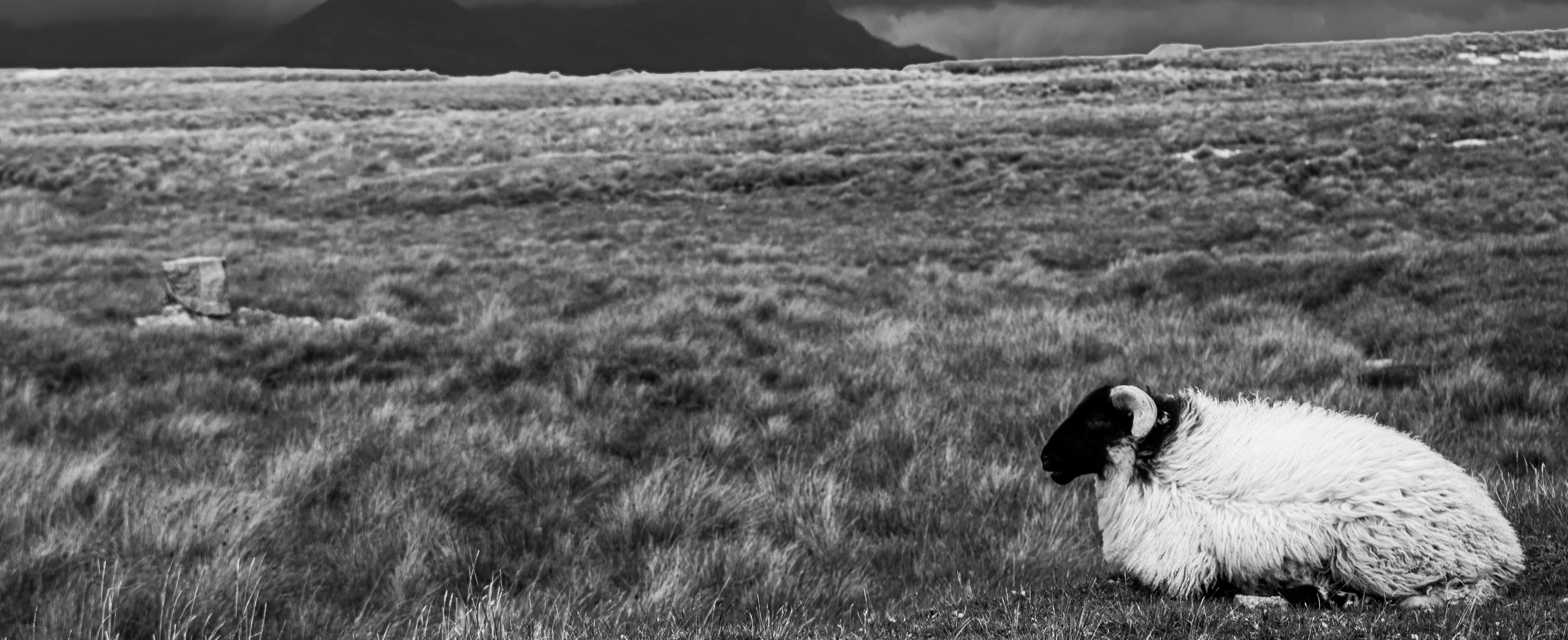Abstract
Since 1986, the Coalition Against Duck Shooting (CADS) has sought to ban the practice of recreational duck hunting across Australia. Campaigners have developed techniques to disrupt shooters, rescue injured water birds, and gain media coverage. The campaign is underpinned by embodied processes that engage empathy, emotion, affect, and cognition. Seeking to understand human-animal interrelations, I conducted multispecies autoethnographic research, during which I participated as an activist-scholar in the anti-duck shooting campaign for nearly three months. Drawing on feminist philosopher Lori Gruen and others, this article conceptualises ‘entangled activism’ and argues that embodied actions arise from interspecies interrelations. This article demonstrates that campaigning is often guided by animals’ speciesspecific behaviour, preferences, and spatial habitats. Social media campaigners create an affective space in which animals communicate their suffering and also display their individuality. This article highlights that nonhuman animals are not voiceless and that they play a co-constructive role in animal advocacy.
Keywords: Entangled activism, Coalition Against Duck Shooting, embodied actions, multispecies, autoethnography, animal agency
How to Cite:
Villanueva, G., (2019) “‘Animals Are Their Best Advocates’: Interspecies Relations, Embodied Actions, and Entangled Activism”, Animal Studies Journal 8(1), 190-217.
Downloads:
Download PDF
453 Views
1056 Downloads

